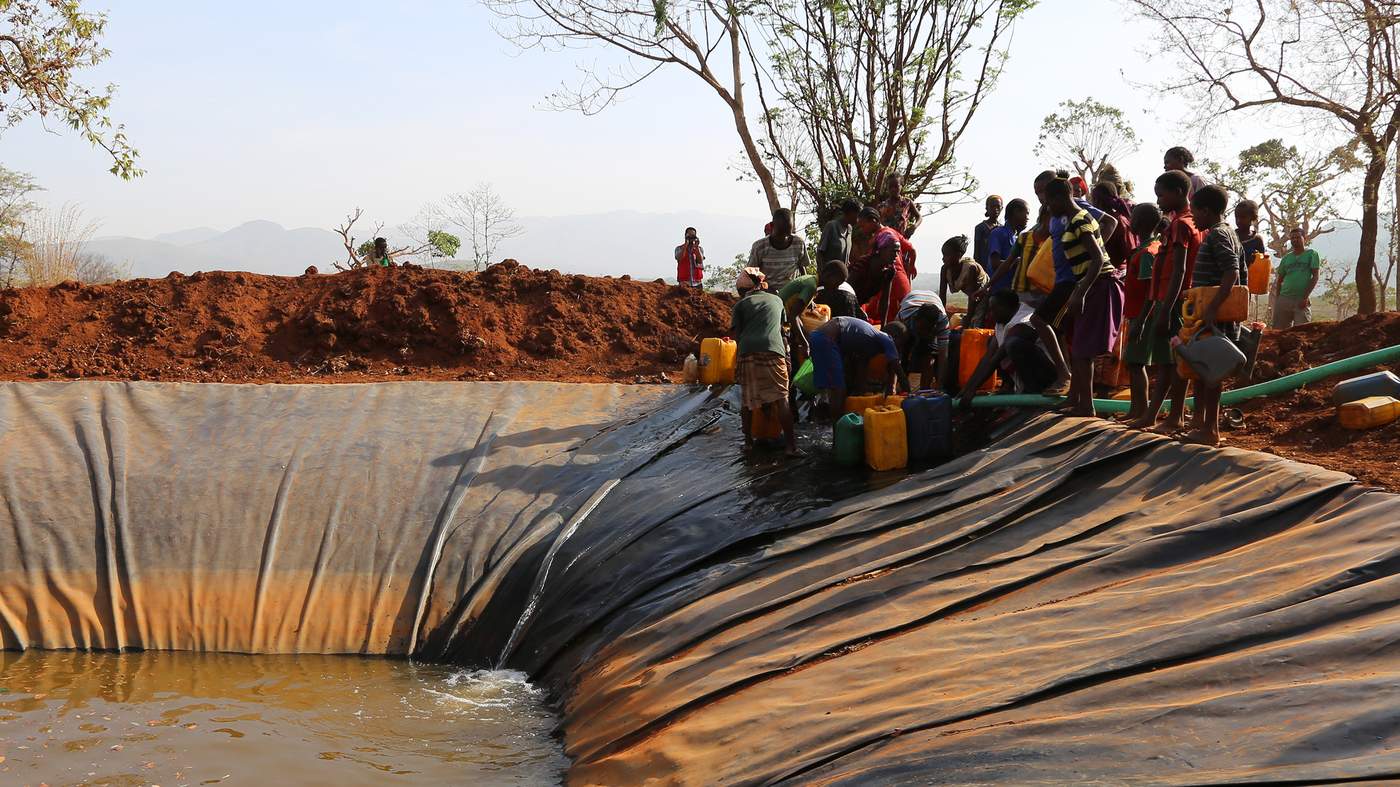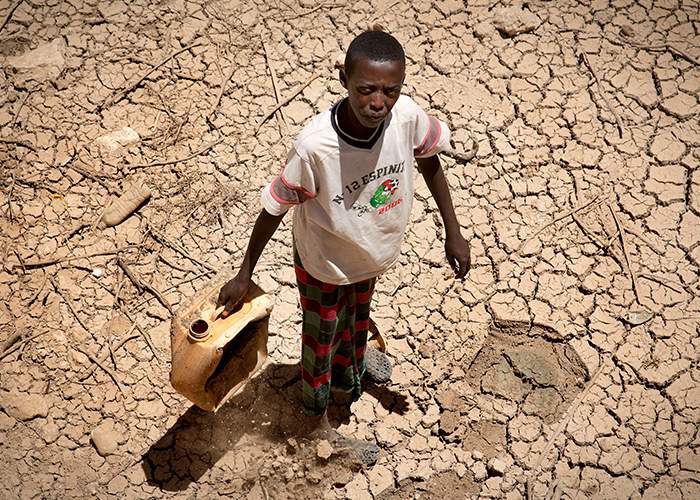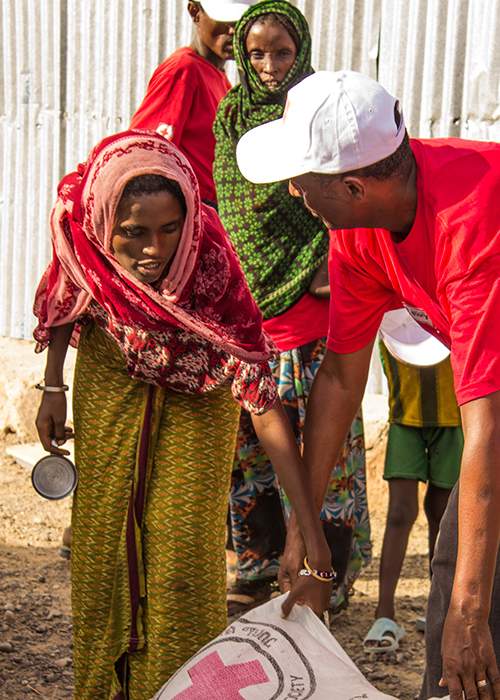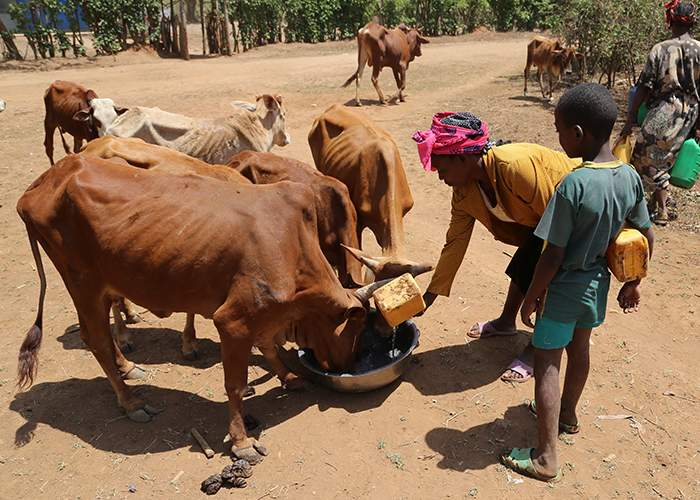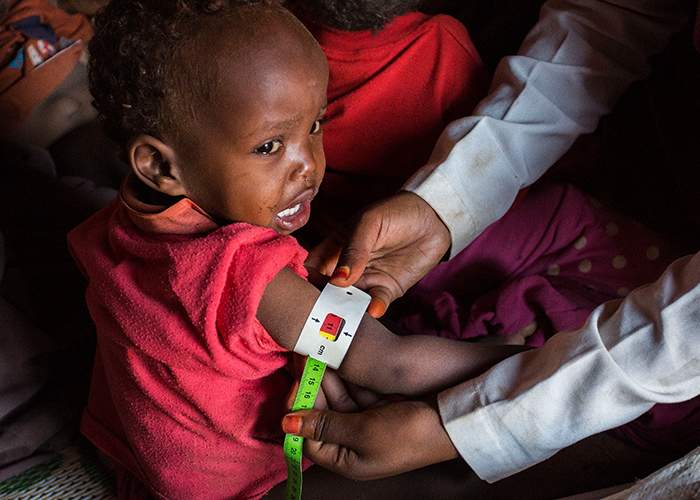In Ethiopia, a plea for help
“Sometimes I feel like I would just like to disappear from here so that I don’t see my children suffering. But I just can’t leave them.”
Holding her youngest daughter with one hand and carrying a 20-litre jerry can full of water with the other, Abebech Ayanu struggles under its weight to make the short walk home.
With drought conditions having shifted from northern Ethiopia to the southern district of Kindo Koysha where Abebech lives with her family, she does not want to spill a drop of this precious commodity.
“The drought has affected my family, my children, my husband. My husband went to work on the road construction as a daily labourer because there is nothing to cultivate. There is no rain and there is nothing to grow,” explains Abebech, as her cattle scour the arid ground for something to eat.
“Before we used to sow maize but since more than one year ago, there has been no rain, so no cultivation. Some of my livestock have already died. My children are now starving and there is no water.”
Like all droughts, this one has been a long time coming. According to farmers here, rains have been coming progressively later in the season for years and, in 2015, began failing altogether. Unable to sow crops, families have now used up their stockpiles of food. Having traded in his farming tools for a shovel as he works as a daily labourer on the local road construction, Abebech’s husband earns 35 Ethiopian Birr ($2.00) per day. With prices of staple food rising at the market, the money does not go far.
“To get some cereal grains from the market has become very expensive,” says Abebech. “To buy them, I want to sell my cattle but there is no market for them.”

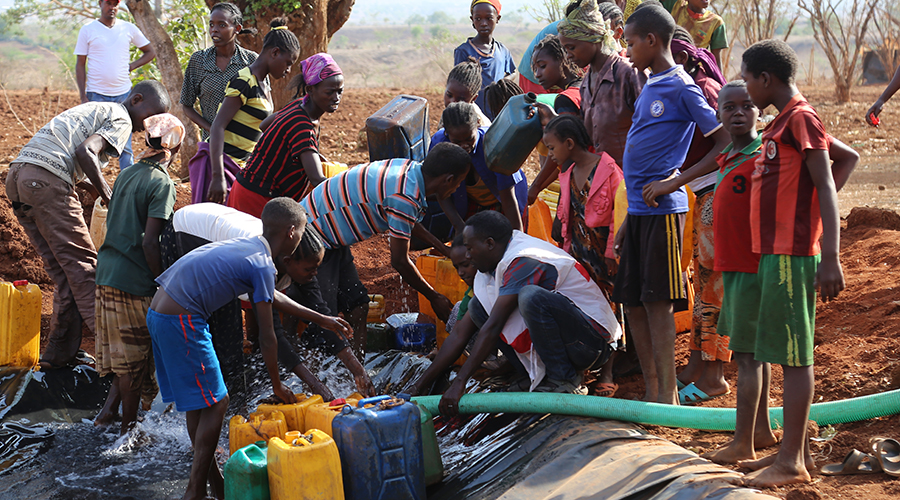
The mother of five had returned to school to complete her grade 5 but has dropped out because of the drought. Her children too, are often kept home. “The drought has affected the health of my children quite a bit. They are not able to go to school because they are tired. Even if they go, when they return, I have nothing to feed them.”
Since late February, the Ethiopian Red Cross Society has been transporting water into numerous villages, including Abebech’s. With only one truck due to limited resources, communities are reached once every four days, sometimes longer.
The Canadian Red Cross, working with the British Red Cross, in support of the Ethiopian Red Cross Society, is helping expand the distribution of emergency water through the use of three trucks to close to 29,000 people in Kindo Koysha, and installing 14 storage tanks. Prior to the start of the operation, a family of five received 40 litres of water, which they share with their livestock. As of June 12, staff and volunteers had delivered 2.22 million litres of water.
As she washes her youngest daughter – without soap as she cannot afford it – Abebech worries about not being able to provide for her family. “Sometimes I feel like I would just like to disappear from here so that I don’t see my children suffering. But I just can’t leave them. So, I pray to God to bring better times.”
In 2018, the Canadian Red Cross launched a public appeal to help support the estimated 20 million people across Africa facing devastating levels of food insecurity. This appeal was closed in January, 2019. Through the generous support of Canadians, as well as corporate and government donations, over $4.7 million was raised to support this operation.
Read the Six-Month Donor Update.
You can support our ongoing work by donating to the Canadian Red Cross.
Addressing a deadly outbreak in the middle of a food crisis


